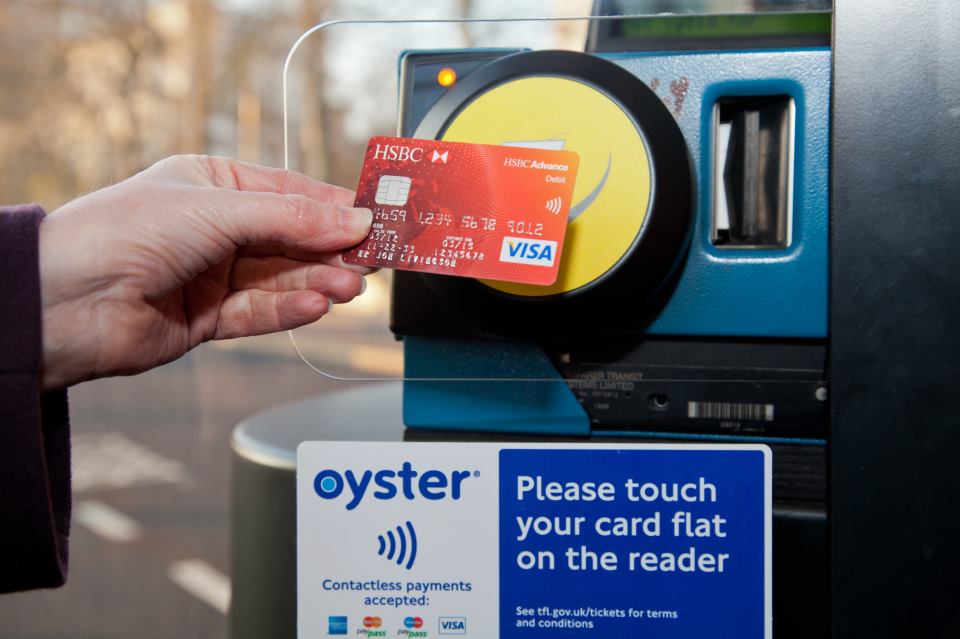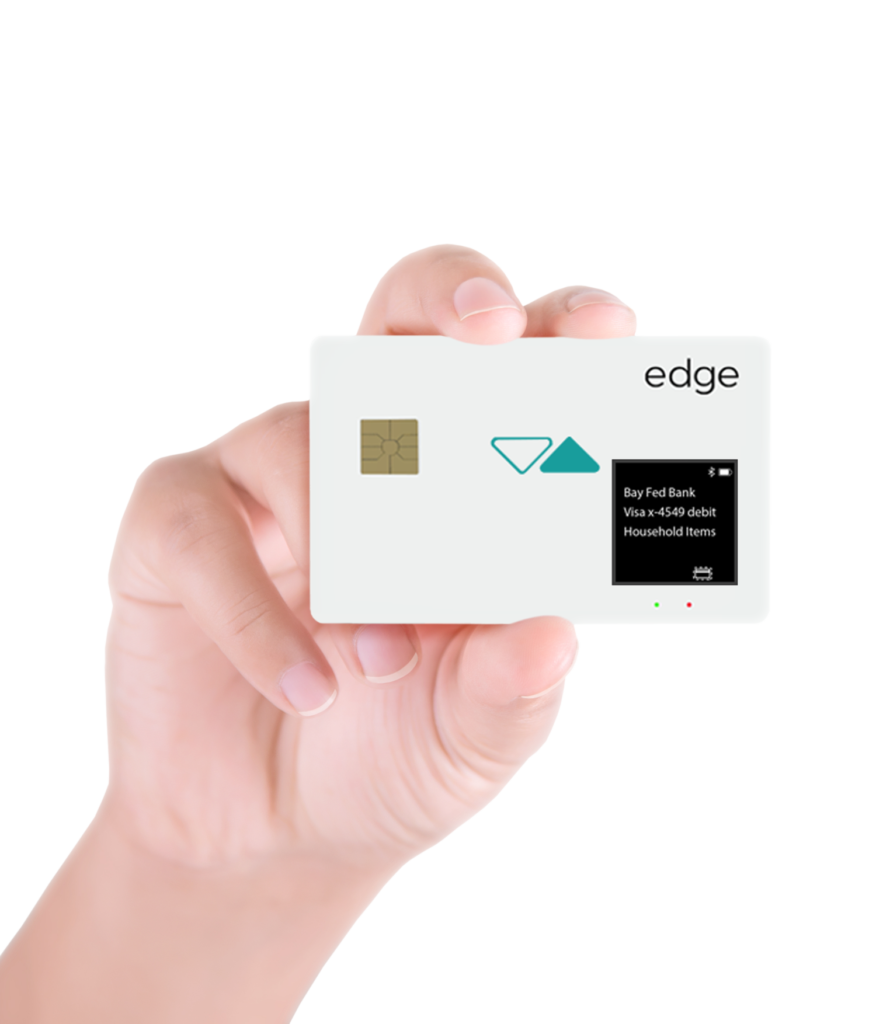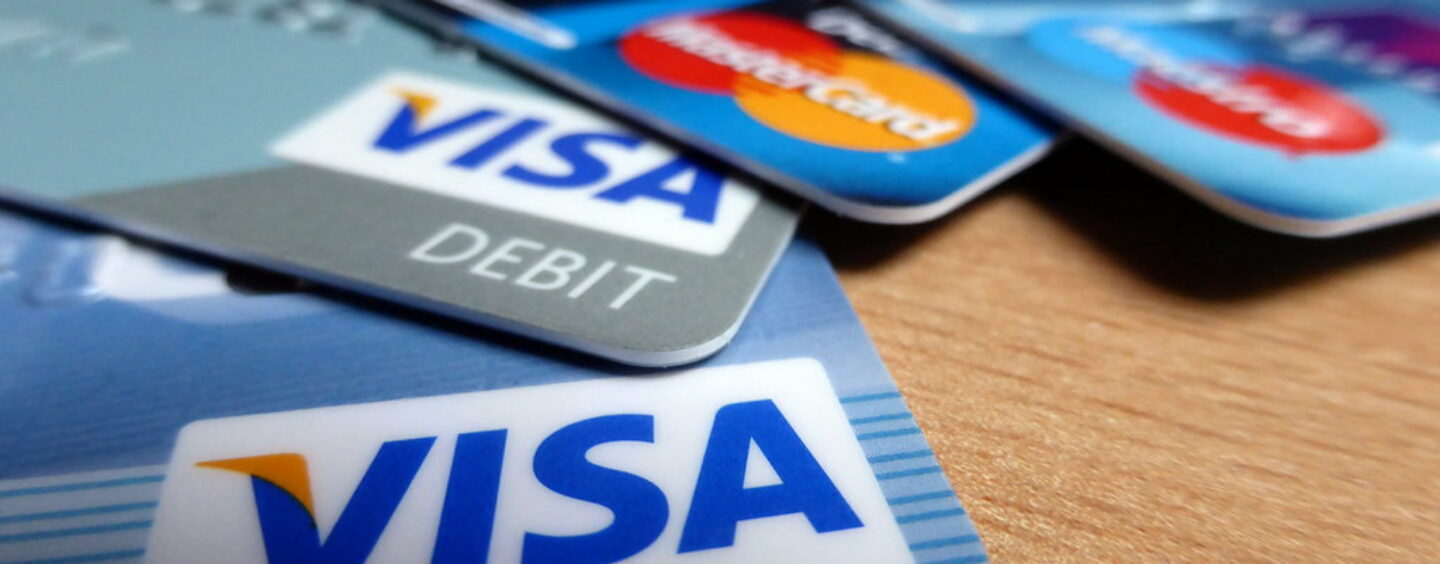In the age of mobile wallets, peer-to-peer (P2P) payment apps, and cryptocurrencies, credit cards are transforming to keep up with the changing landscape.
The rise of fintech and digital platforms have ushered a new era in the payments sector, and while the industry is getting more and more crowded with an ever-growing number of payments startups offering new ways to transact, experts and industry observers are confident that credit cards aren’t going away anytime soon. A TransUnion report from last year even found credit card usage to be at an all-time high.
So credit cards aren’t going to disappear just yet but that doesn’t mean providers aren’t innovating, and on this topic, perhaps one of the most notable trends is the rise of contactless options.
More and more card issuers are adding such options to their cards. Mastercard introduced contactless cards over a decade ago, and they’ve grown in popularity across the globe in places like Canada and Europe. Chase currently offers 17 contactless credit cards, and the majority of American Express cards come equipped with a contactless chip. Other major financial entities offering contactless payment systems include Citibank, China UnionPay, Barclays and HSBC.
Besides the addition of new payment options, experts predict that credit cards will evolve into providing other services, including being used for transportation. Amnah Sharma, the executive vice president of core products for North America at Mastercard, told Business Insider that ticketless transit is quickly becoming a reality across the world.
“Instead of standing at a machine or waiting in line at the ticket booth, consumers will soon be able to whip their contactless cards from their wallets and tap and pay directly at transit turnstiles,” Sharma said.
Transport for London (TfL) was the world’s first public transport provider to enable contactless payments using bank cards. Developed in-house, the TfL system was introduced on London buses in December 2012.

Contactless payments, Transport for London, via Facebook
In April, the Singapore Land Transport Authority (LTA) launched SimplyGo, a contactless payments system initially available with all Mastercard contactless bank cards.
Another trend experts expect to see further grow is the usage of biometric technology to enable the storage of sensitive information within credit cards.
“The card would look the same as any other bank card, but has a small biometric scanner,” Sharma said. “The card in this case becomes a way for verifying ‘who I am’ and, if universally accepted, can become a reusable way for people to identify themselves every time, across organizations.”
She said that in the future biometric cards could even serve as a birth certificate or a way to consolidate a person’s multiple passwords.
Eric Richards, co-founder of Moneymunk, a website that compares credit cards, agrees and predicts that credit cards will begin to store additional sensitive information in addition to our finances.
“One could imagine, for example, that the holder of a futuristic biometric credit card might be able to get a discount on a gym membership when paying with a card that stored medical history and showed their doctor had prescribed more physical exercise,” Richards told Business Insider.
Both Visa and Mastercard have already released biometric credit cards, which utilize a cardholder’s fingerprint to verify and complete transactions.
Artificial intelligence (AI) is another technology set to transform credit cards. According to Julie Sherrier, managing editor for CreditCards.com, AI can be used to detect and fight fraud, manage a person’s spending habits as well as payments, detect patterns, and tailor the types of products or services a person might need.
Startups like Edge Mobile provide payment cards that consolidate all cards into one device, and more. The Edge Card is an Internet-of-Things (IoT) Dynamic Payment Card that allows consumers to pay by tapping (NFC), dipping (EMV chip) or swiping (Mag Stripe). The card features a 1.3” ePaper screen, storage capacity of up to 50 credit, debit, loyalty and gift cards and bluetooth connection to the smartphone app.

Edge Card, Edge Mobile Payments
Innovations in the payment card industry come at a time when fierce competitors are entering the market.
Apple announced in March that it is launching a credit card this summer called the Apple Card. Created with the help of Goldman Sachs and Mastercard, the Apple Card is designed primarily to be used with Apple Pay on Apple devices such as an iPhone or Apple Watch, and will have no late fees, annual fees or international fees.
Featured image: Credit Cards, by Sean MacEntee, Flickr.








